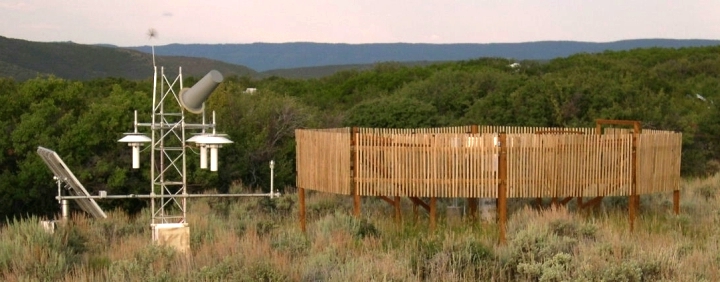To enhance climate monitoring in high latitude regions of the Northern Hemisphere, the U.S. Climate Reference Network (USCRN) program in cooperation with NOAA's Earth System Research Laboratory and Russia's Federal Service for Hydrometeorology and Environmental Monitoring (Roshydromet) installed a USCRN station in Tiksi, Russia in 2011; this station in Tiksi was the result of a bilateral agreement between NOAA and Roshydromet and was an outgrowth of the bilateral work there from the recent 4th International Polar Year period of study from 2007-08. These data are now available from the USCRN Observations page with a latency of 24 to 48 hours; and the responsibility for operating and maintaining the station is with Roshydromet. Data are also available from a USCRN experimental station in Egbert, Ontario, which is maintained as part of a cooperative agreement with Environment Canada (EC) and is used as part of a bilateral testing and sensor improvement program on surface reference observing that takes place between NOAA and EC.
The U.S. Climate Reference Network (USCRN) consists of 114 stations developed, deployed, managed, and maintained by the National Oceanic and Atmospheric Administration (NOAA) in the continental United States for the express purpose of detecting the national signal of climate change. The vision of the USCRN program is to maintain a sustainable high-quality climate observation network that 50 years from now can with the highest degree of confidence answer the question: How has the climate of the nation changed over the past 50 years? These stations were designed with climate science in mind.
A recently completed article on the USCRN network's first decade is available in early online release of the Bulletin of the American Meteorological Society. Our full list of publications includes information on how to best cite USCRN data use.






